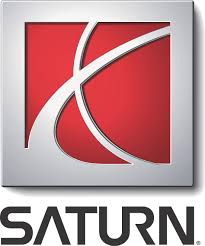SL L4-1.9L SOHC VIN 9 (1991)

Thrust Angle Description
WHEEL ALIGNMENT DEFINITIONS
Wheel alignment refers to the angular relationship between a vehicles wheels, suspension attaching points, and the ground. Vehicles with properly
aligned front and rear suspensions handle predictably, and provide good straight line stability on the highway with minimal tire wear. In real world
driving conditions, wheel alignment settings change over time due to suspension component wear or damage; they must be periodically checked
and adjusted as necessary.
TOE IN/OUT
Toe is a measure of how far a wheel is turned in or out from the straight ahead direction. When the front of a wheel is turned in, the toe is positive.
When turned out, the toe is negative.
CAMBER
Camber is a measure of wheel tilt from the vertical direction, when the wheel is viewed from the front or rear of the vehicle. Camber is negative
when the top of the wheel tilts inward and positive when the top of the wheel tilts outward.
CASTER
Caster is a measure of the angle between the steering axis and vertical when viewed from the side of the vehicle with the wheel in the straight
ahead position. The steering axis is determined by the location of the lower control arm ball joint and the center of the strut-to-body attachment. A
line drawn through the center of the ball joint and the strut-to-body joint represents the steering axis. When the center point of the strut-to-body
attachment is rearward of the ball joint, the caster is positive. When the center of the strut-to-body attachment is forward of the ball joint, the caster
is negative.
THRUST ANGLE
Thrust angle is the angle between the geometric centerline of the vehicle and the direction that the rear wheels track. Ideally, the thrust angle is
equal to zero.
